Transformation is the process whereby bacteria can “ingest” DNA from the environment and incorporate it into its own genome. It is incorporated either into the “main” DNA or as a plasmid, which is a separate form of “bonus-DNA” that bacteria have. Either way, the DNA they pick up can contain new genes with new functions that the bacteria can make use of, for instance, antibiotic resistance.
The loose DNA comes from dead, broken down bacteria, sort of like how you may find an old cookbook in a dead relative's house and learn a new recipe. That’s dark, let’s move on.
Conjugation happens when a bacteria hooks on to another bacteria with something called a “sex pilus”. Yeah, really! This forms a bridge between the two, over which a copy of the first bacterias plasmid is transferred to the second bacteria.
Transduction is actually just an accident. One way a bacteriophage (a virus that attacks bacteria) replicates is to insert its DNA into a bacteria, break apart the bacterias DNA and “trick” the bacterias systems to make more copies of the virus. It then explodes the bacteria from the inside, spilling new viruses everywhere! But sometimes one of these new viruses gets a piece of the original bacterias DNA, instead of the virus-DNA it was supposed to get. It will still act like a virus and infect new bacteria, as bacteriophages do, but when it does it will inject bacterial DNA instead of virus-DNA. The infected bacteria will get some random DNA from the first host bacteria (the one that exploded), but there is no guarantee that the DNA provides any new, cool genes.
It’s like someone forces a random, torn-out page of a cookbook on you: you might get the best recipe for chocolate cake in the world, or you might get the last half of the useless copyright-page. At least you won’t explode.

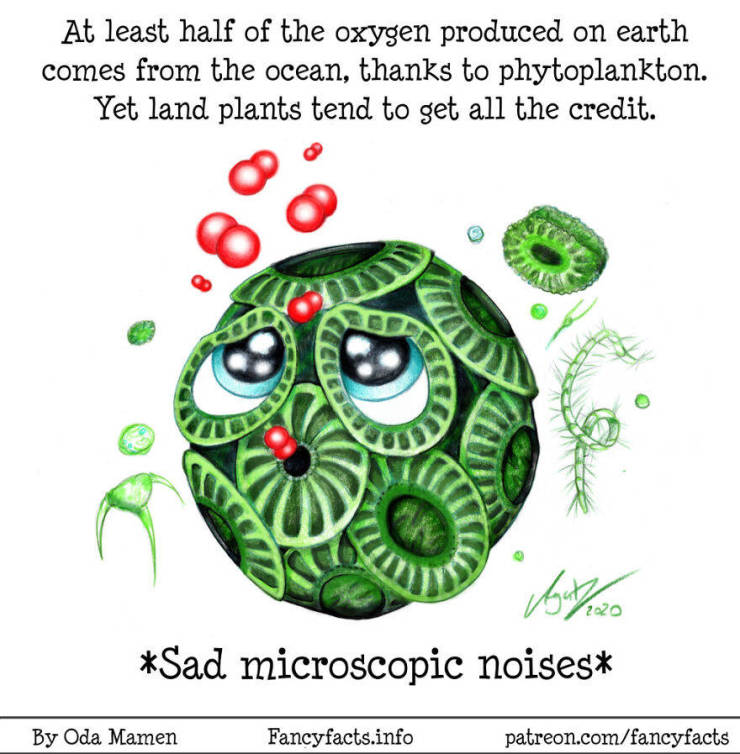

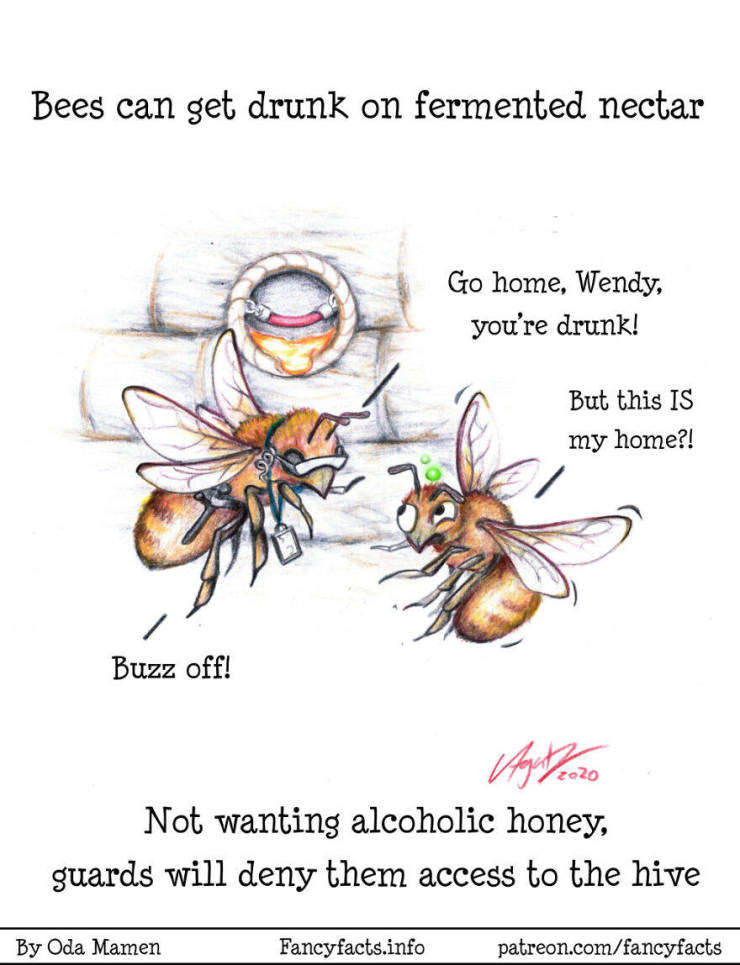
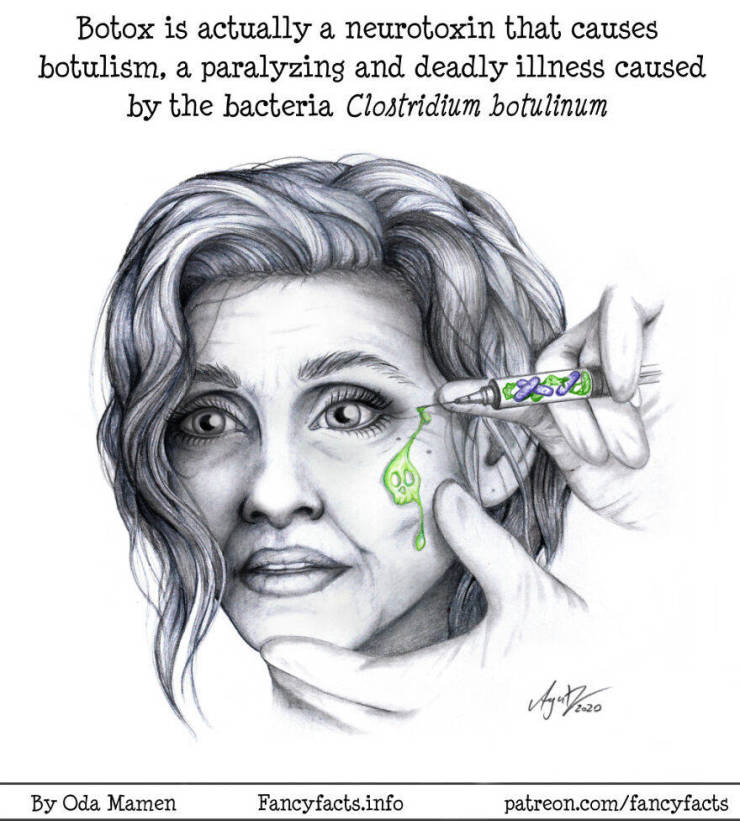

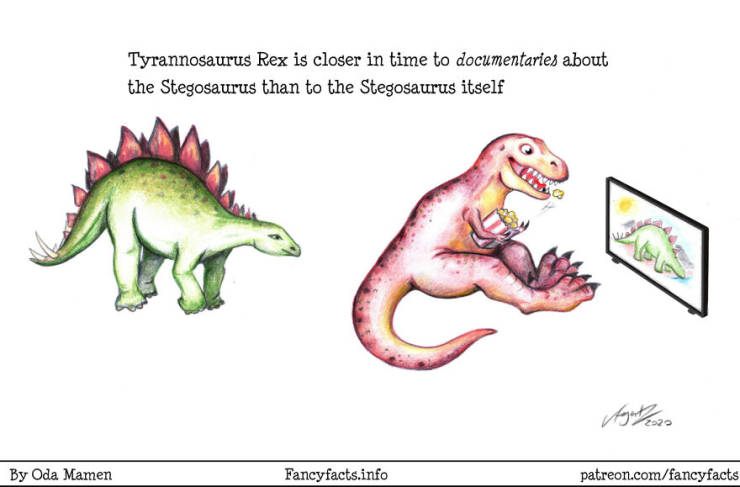
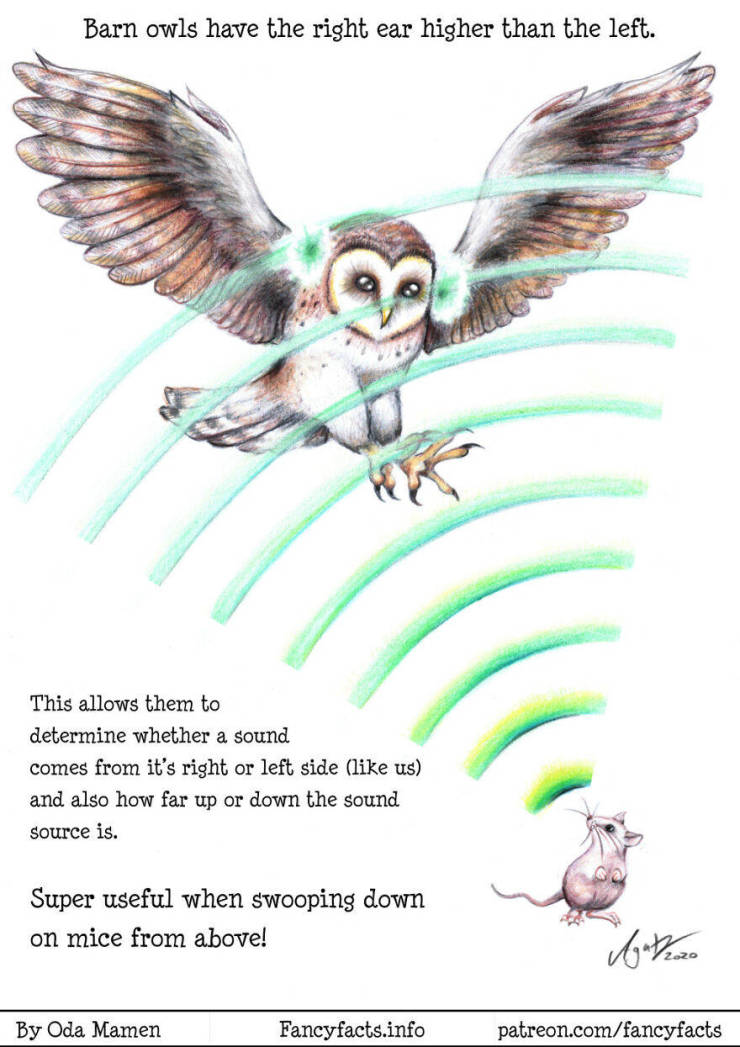

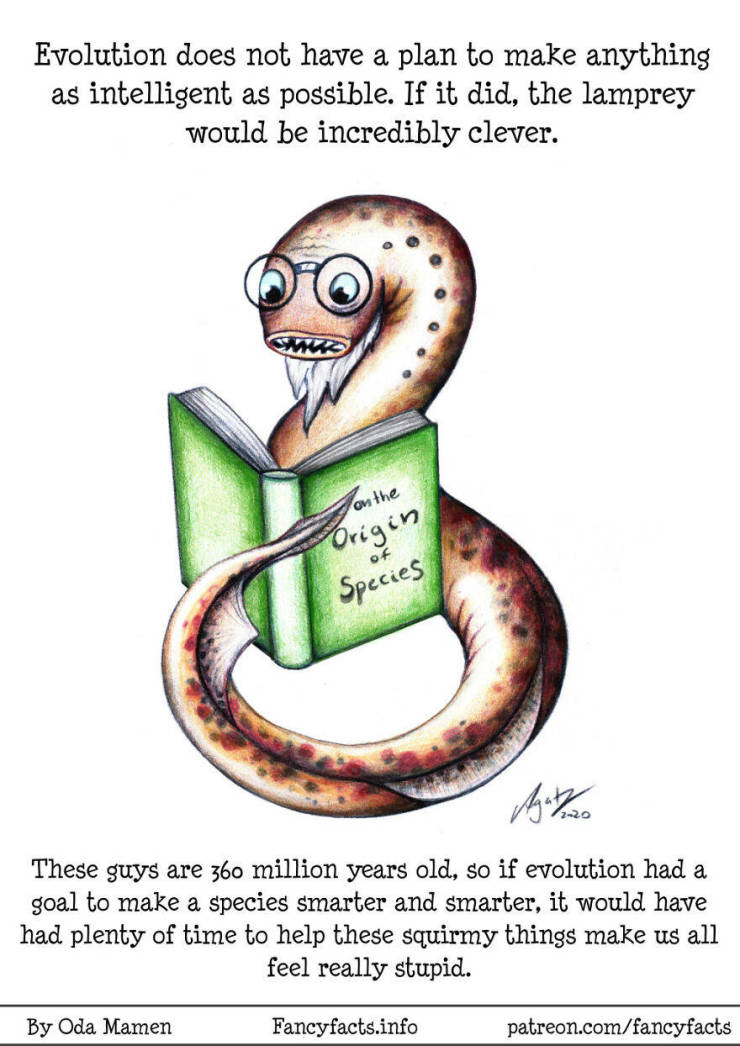
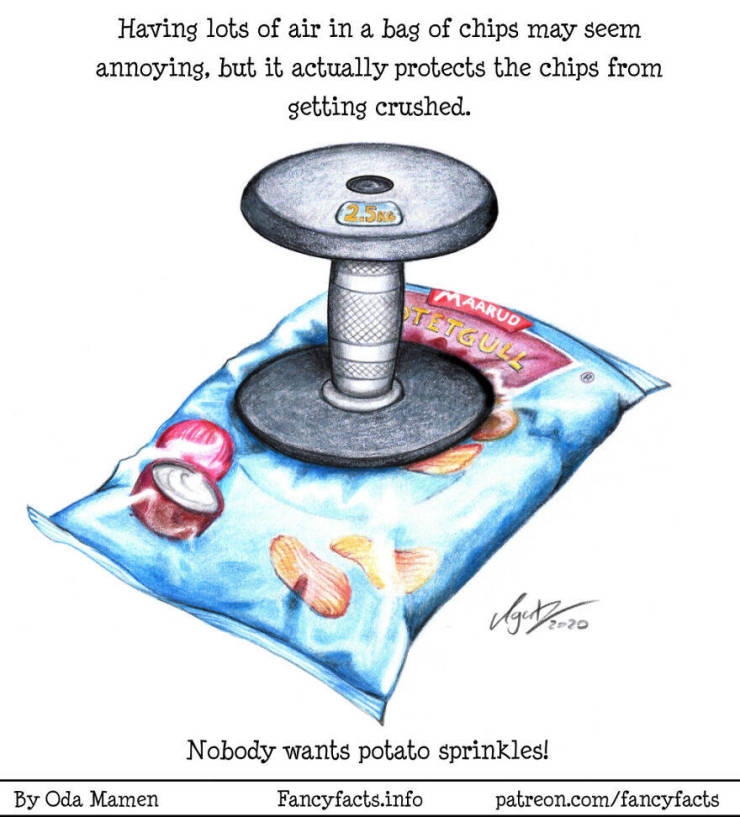
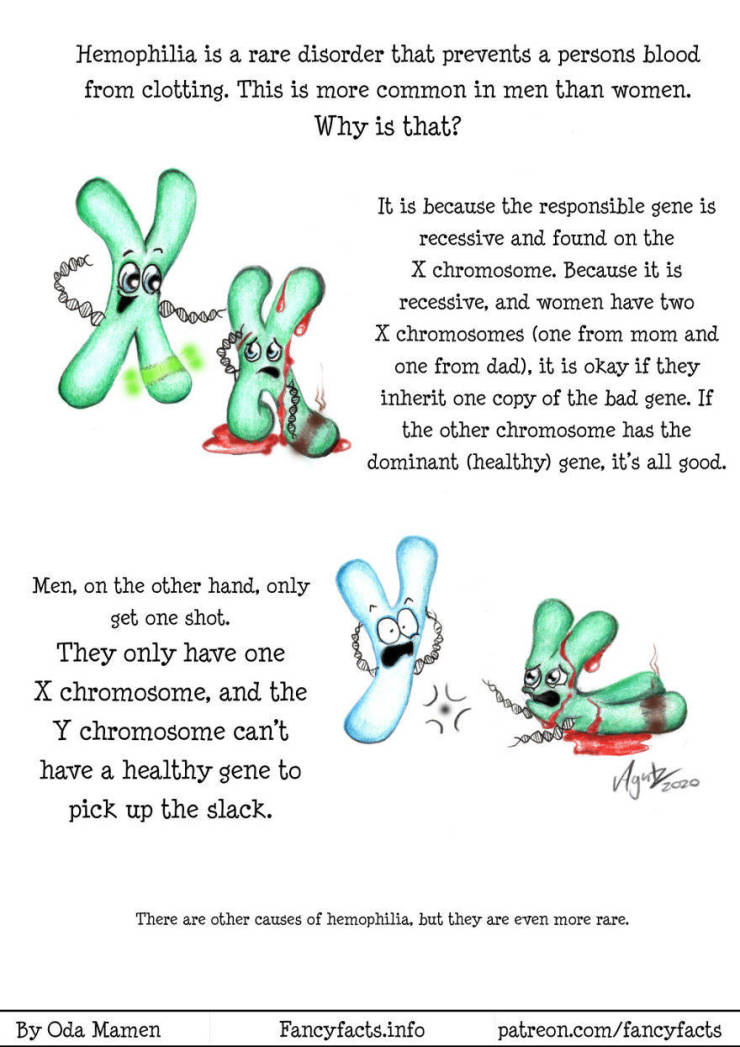
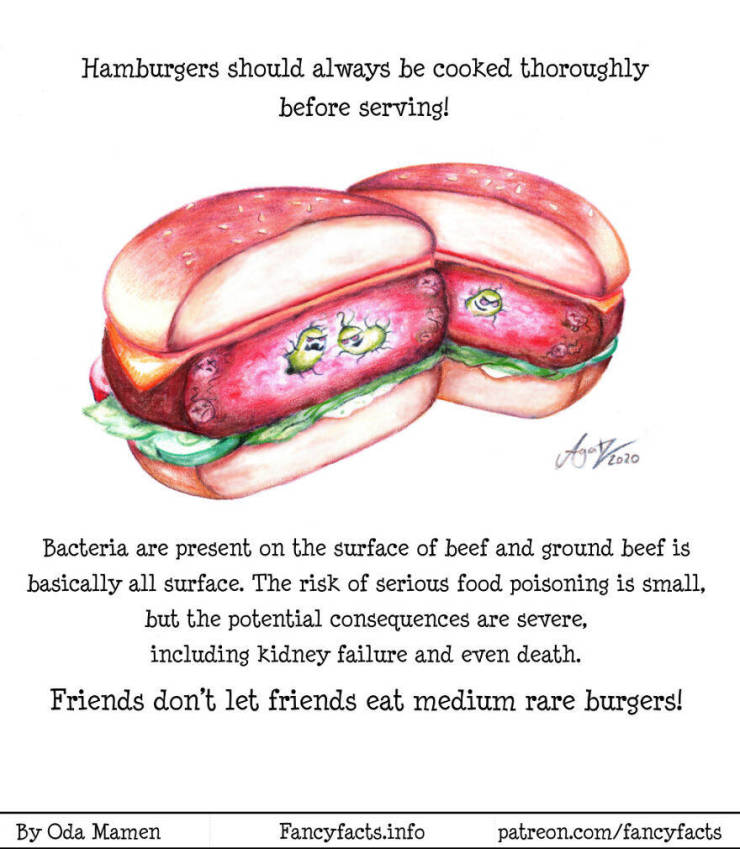
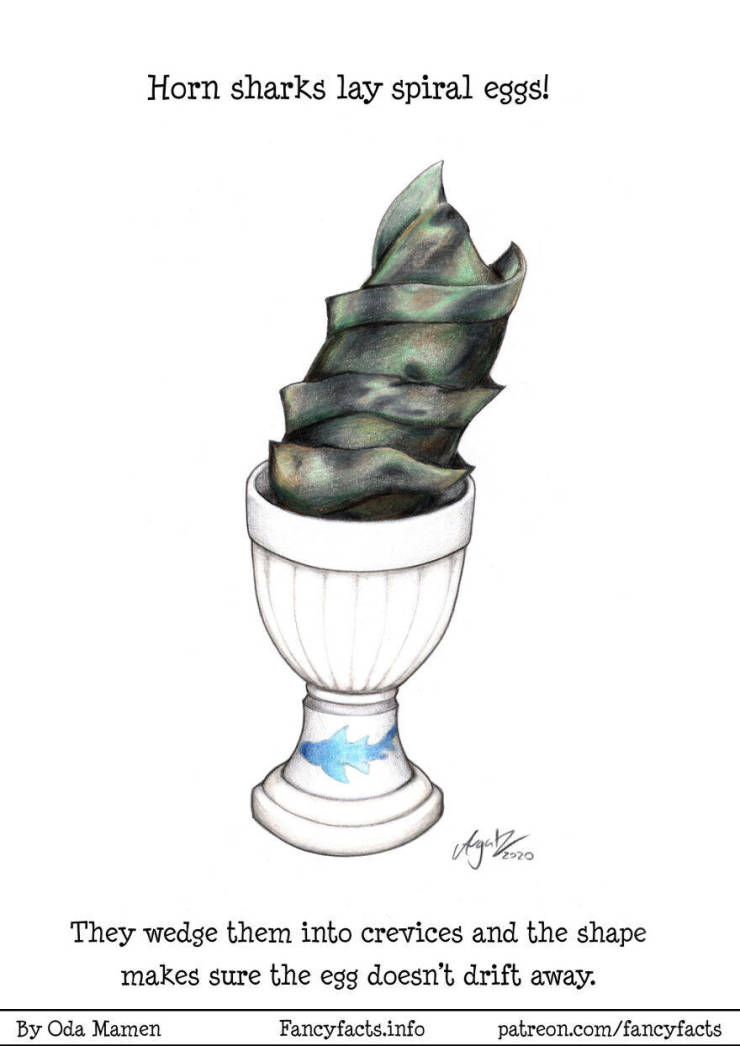

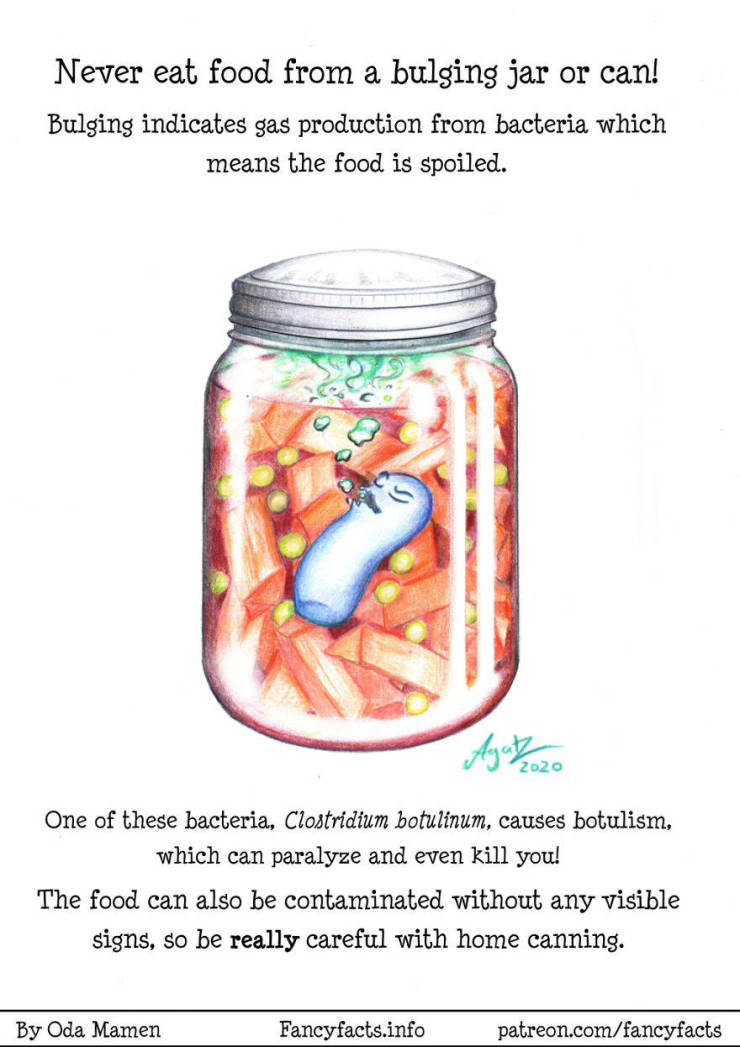

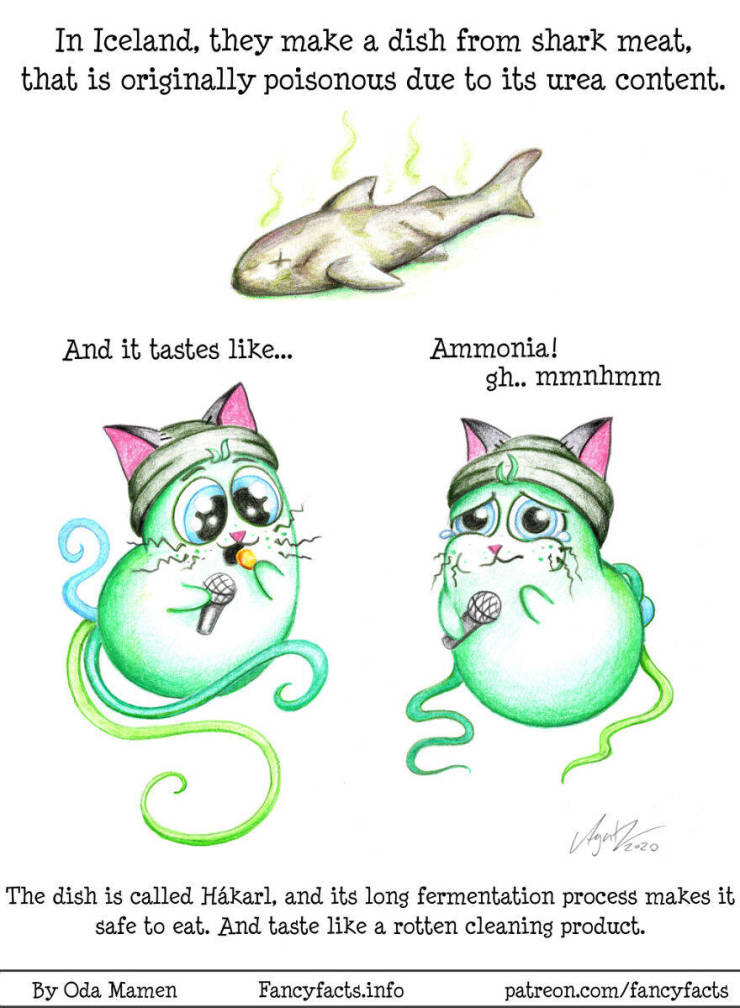
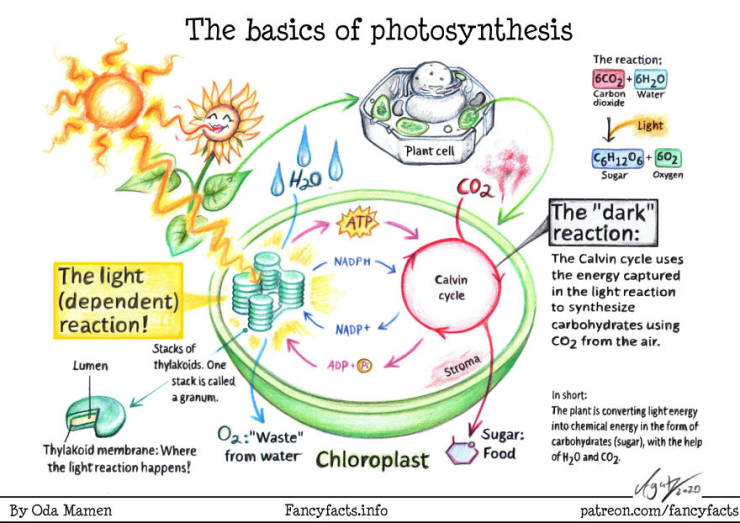


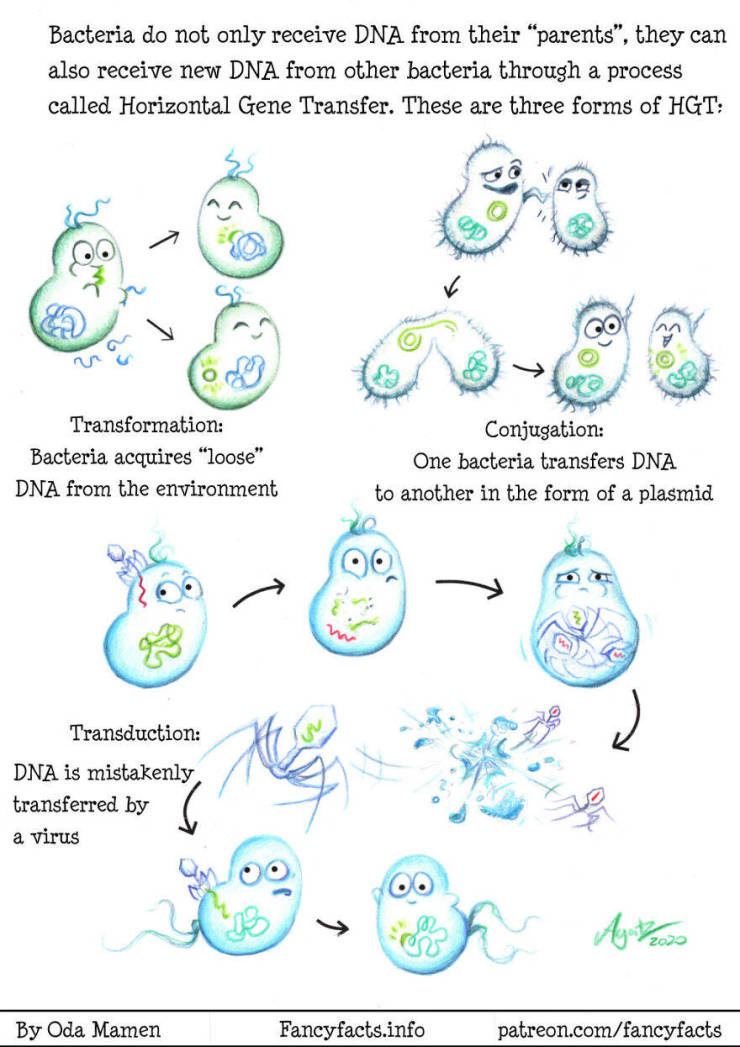
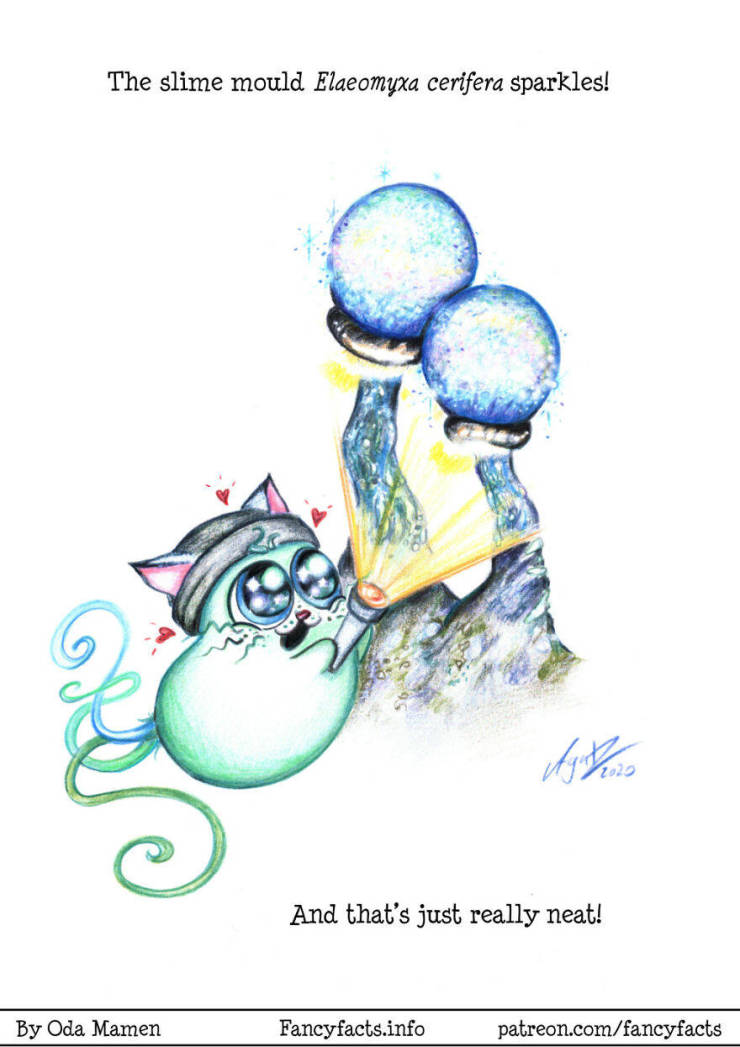
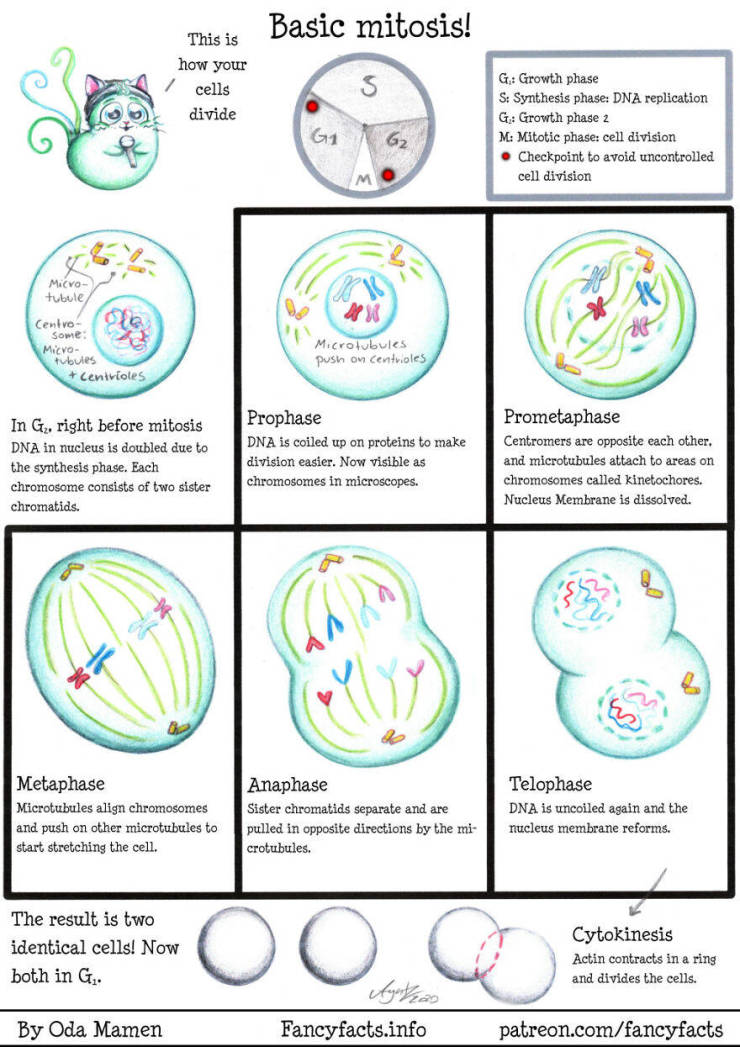
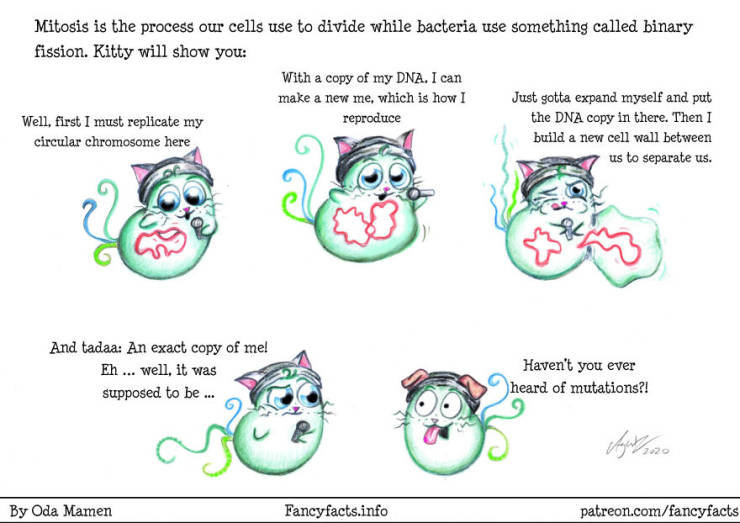





...it does so by breaking down the fatty layer around the virus cell wall and basically ripping it open, killing it. I think I read somewhere it takes just 22 seconds.
Virus literally translated means poison.